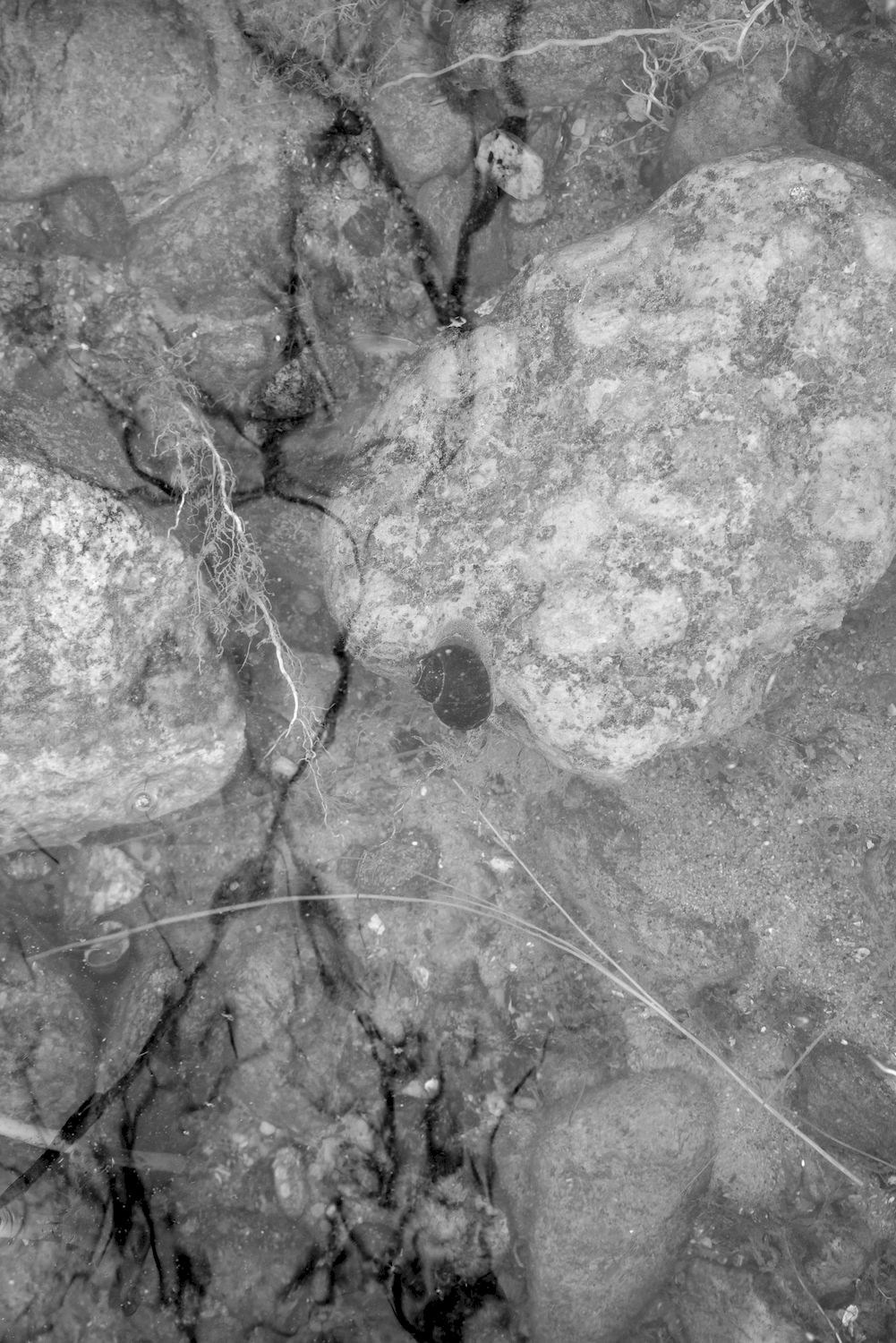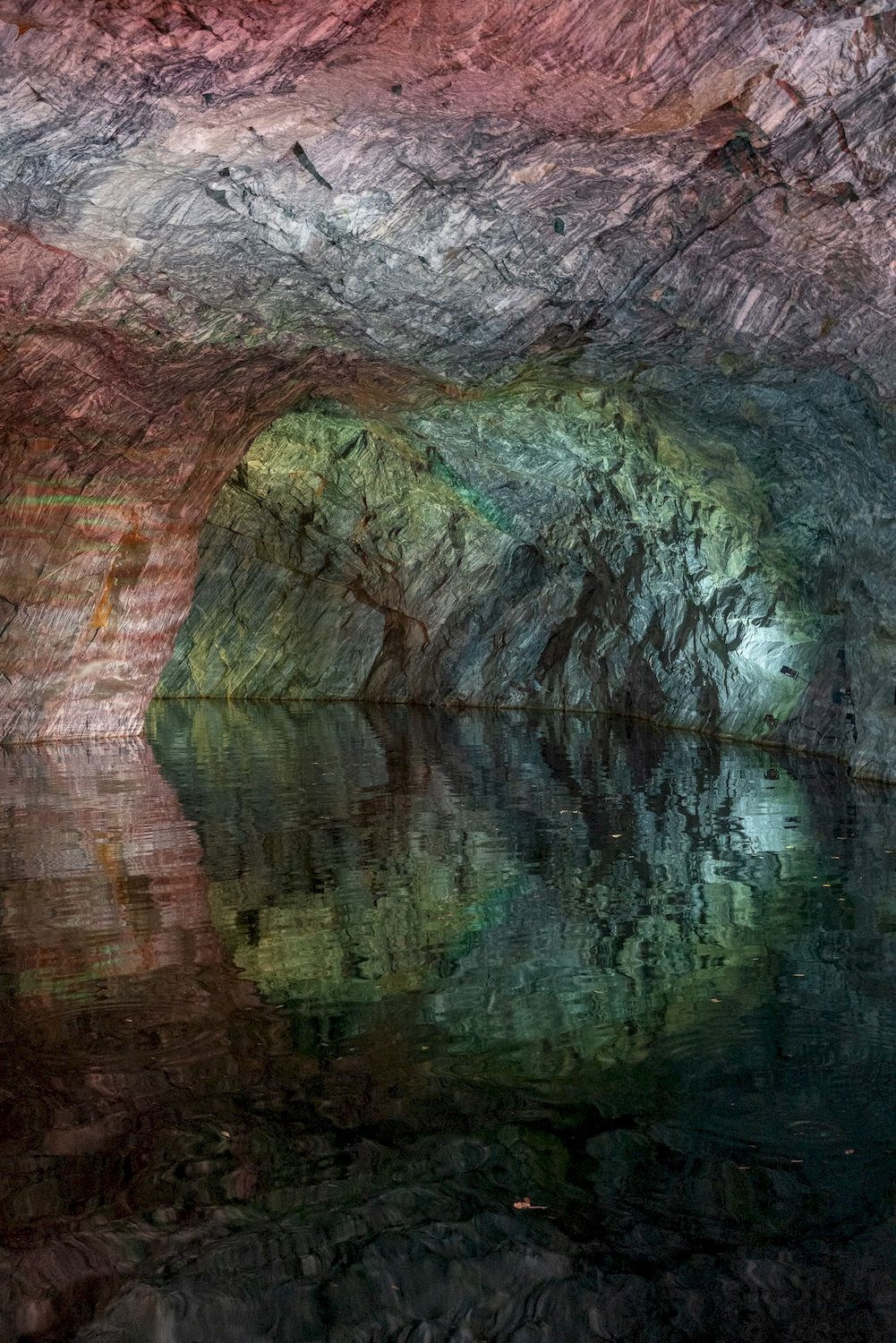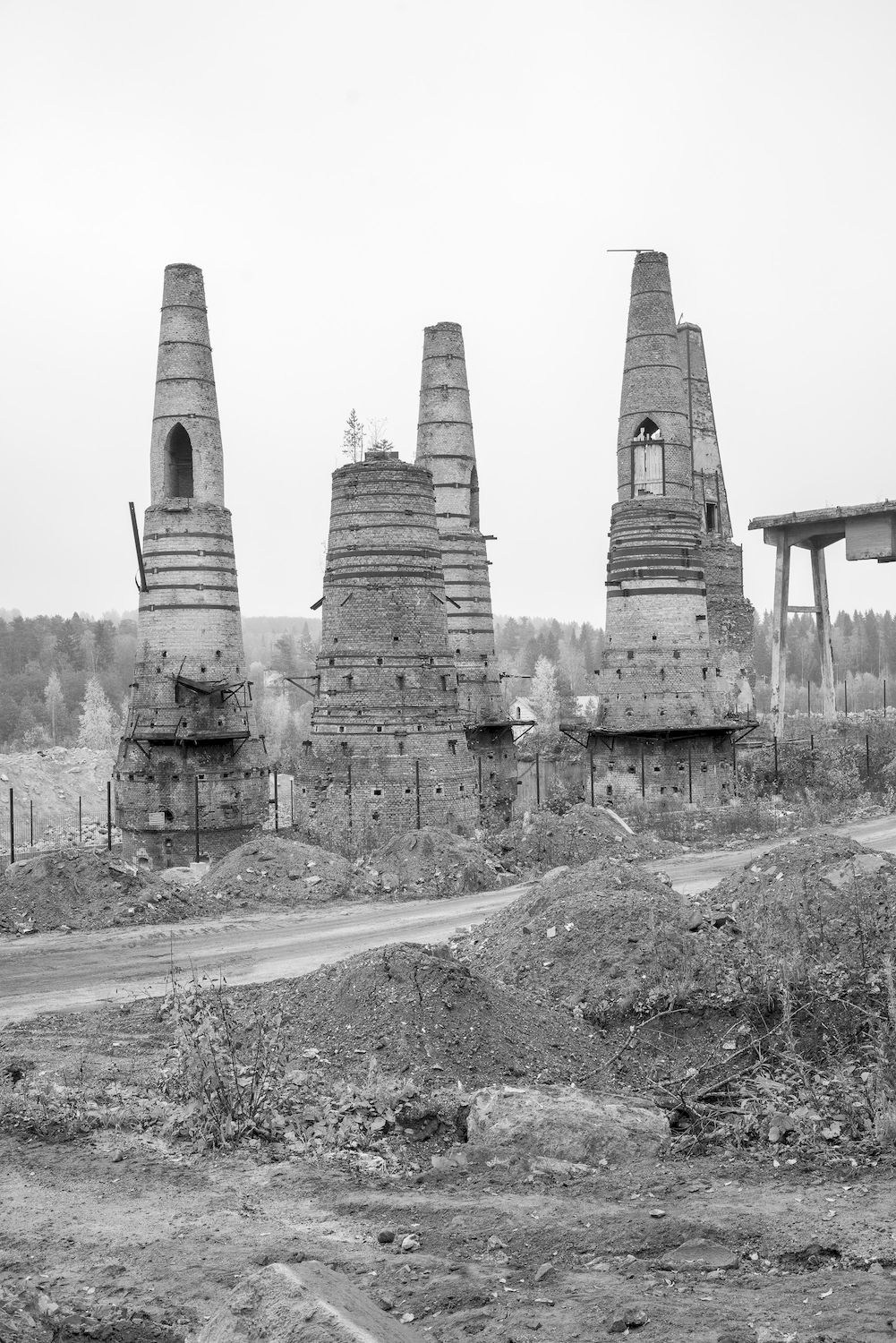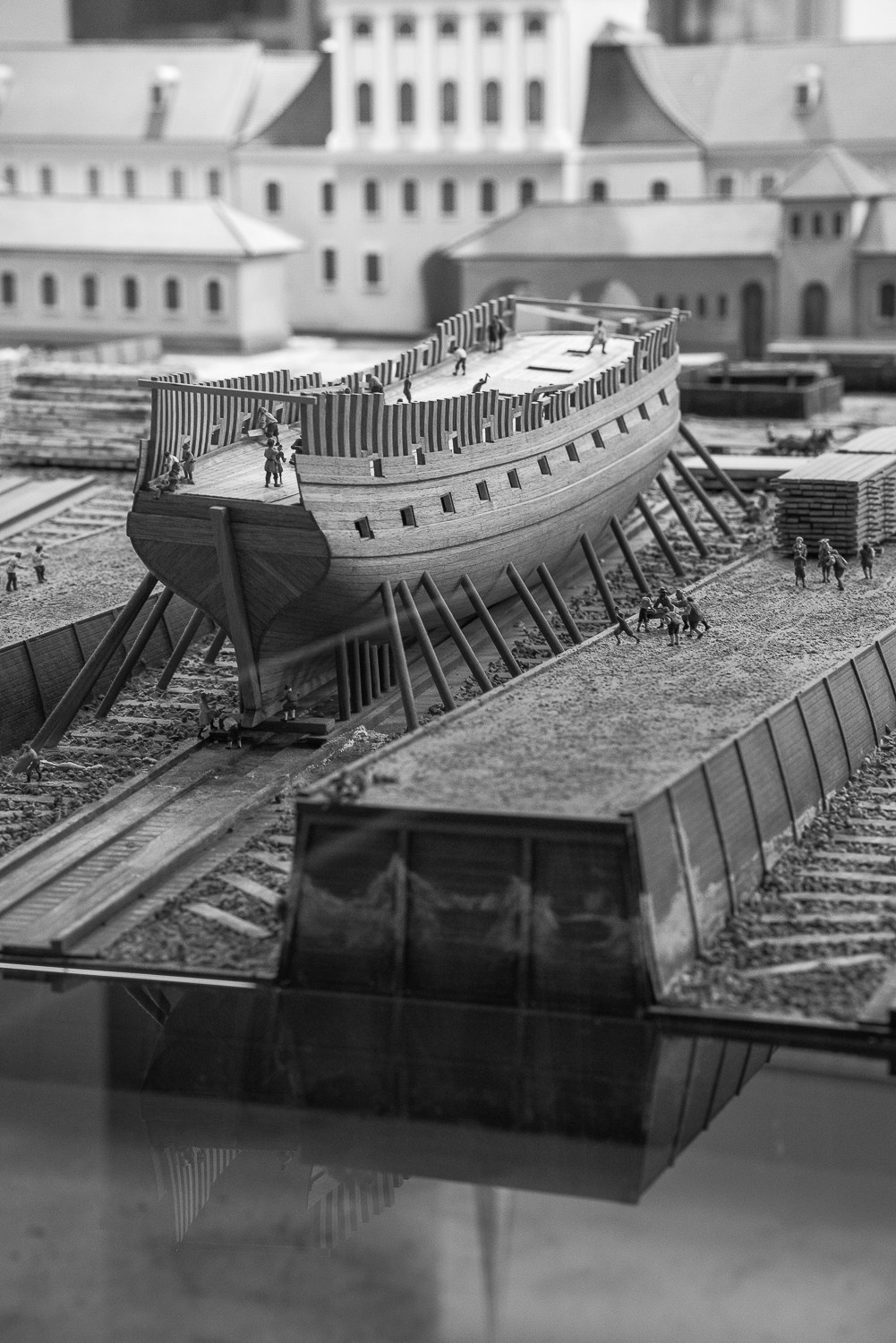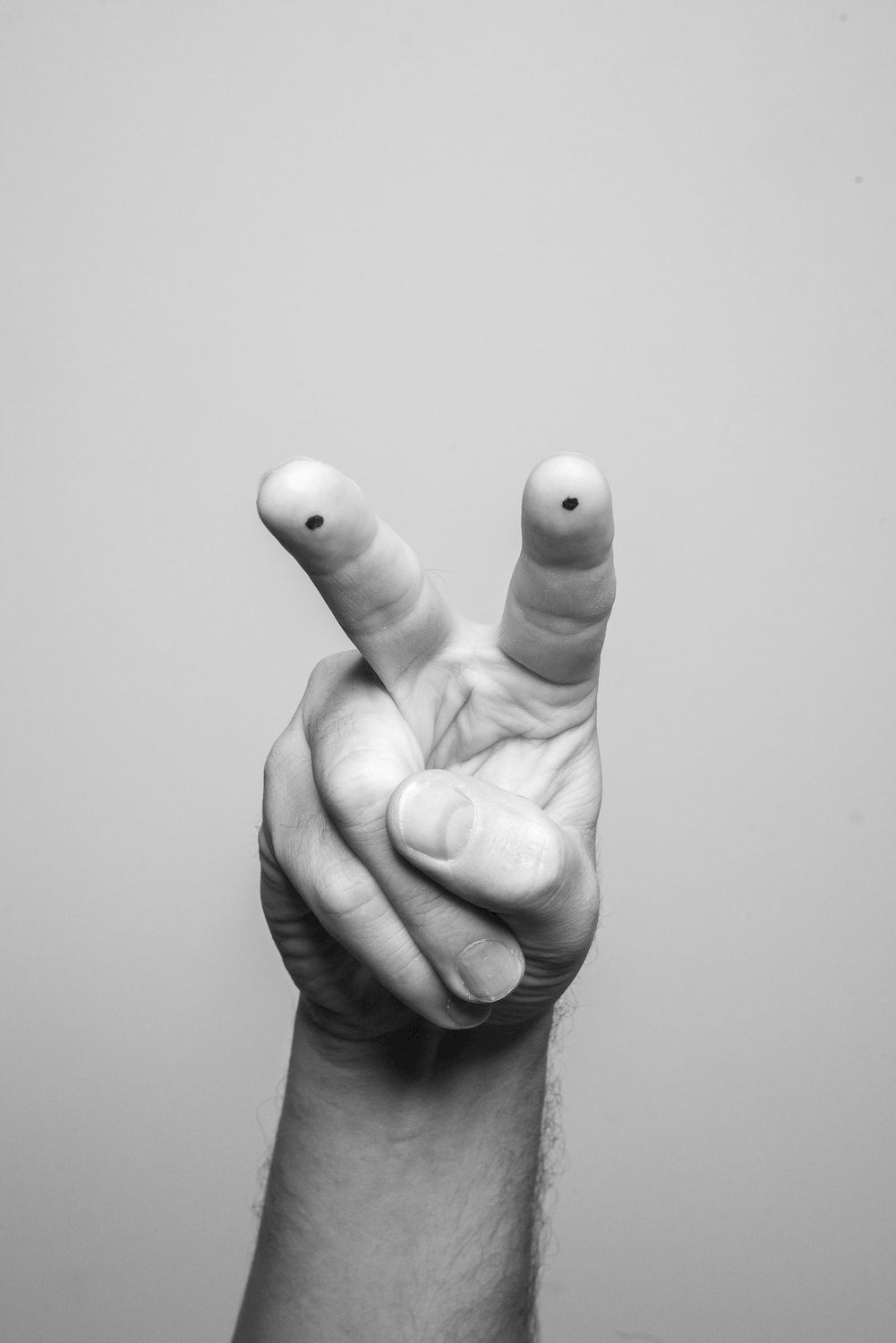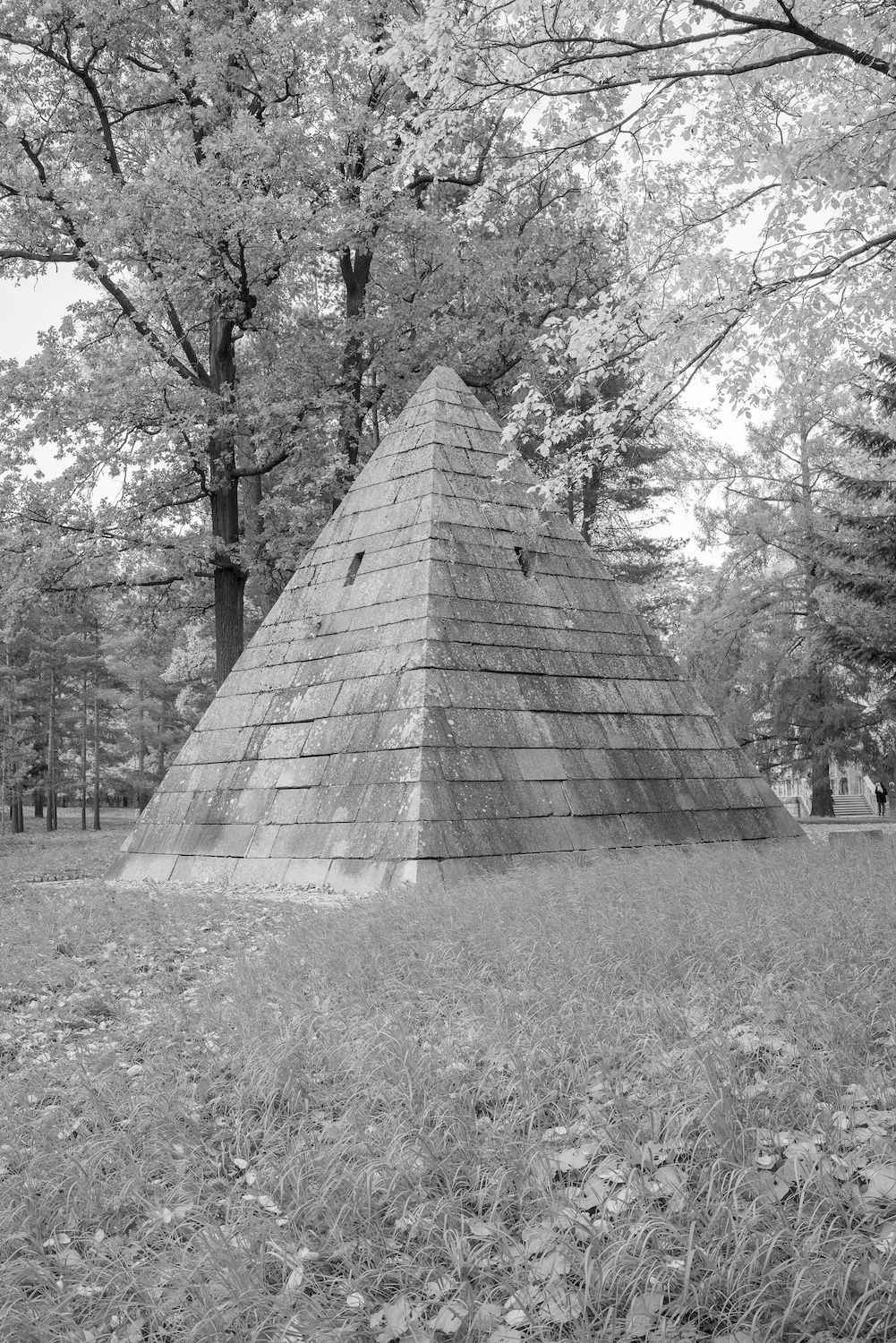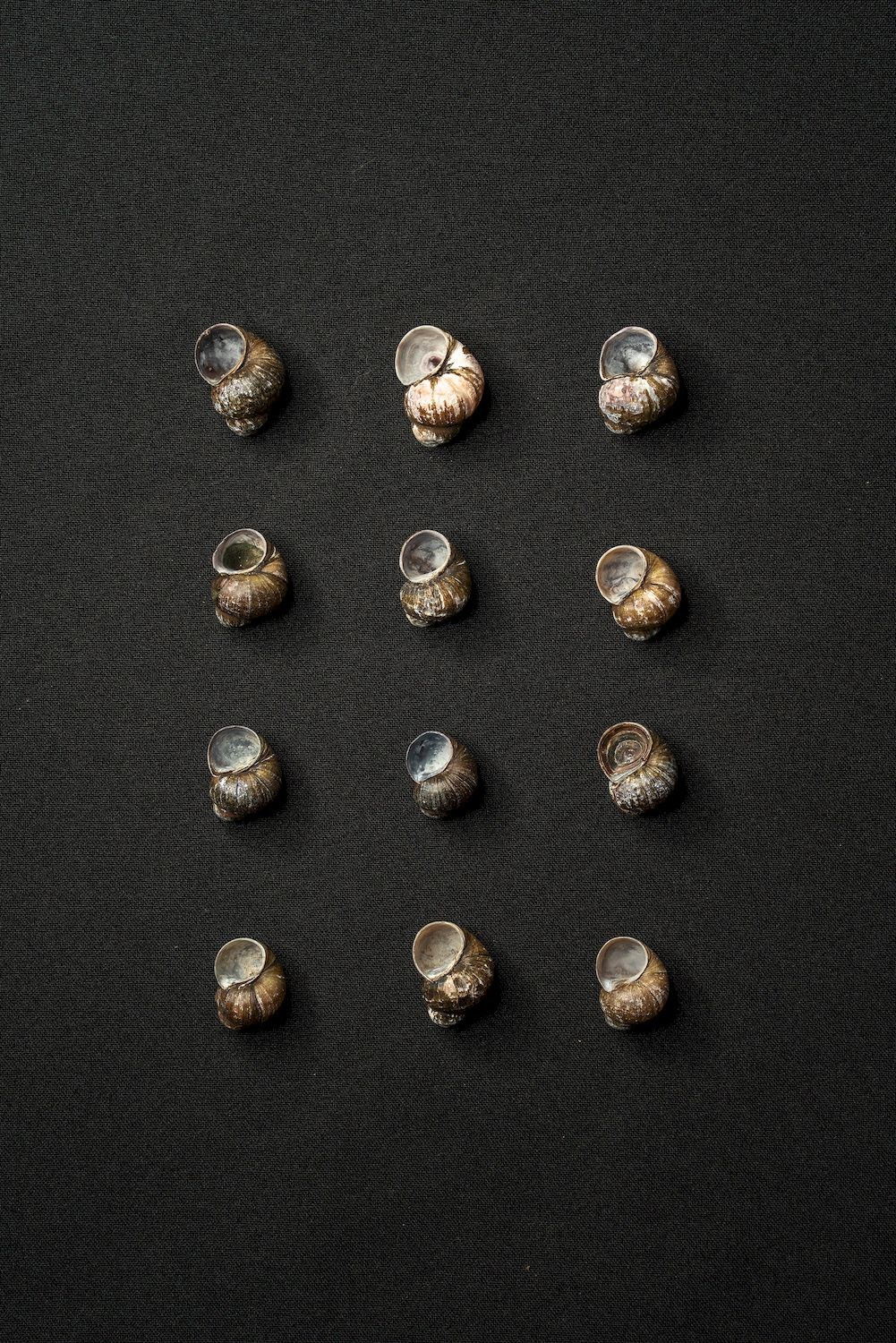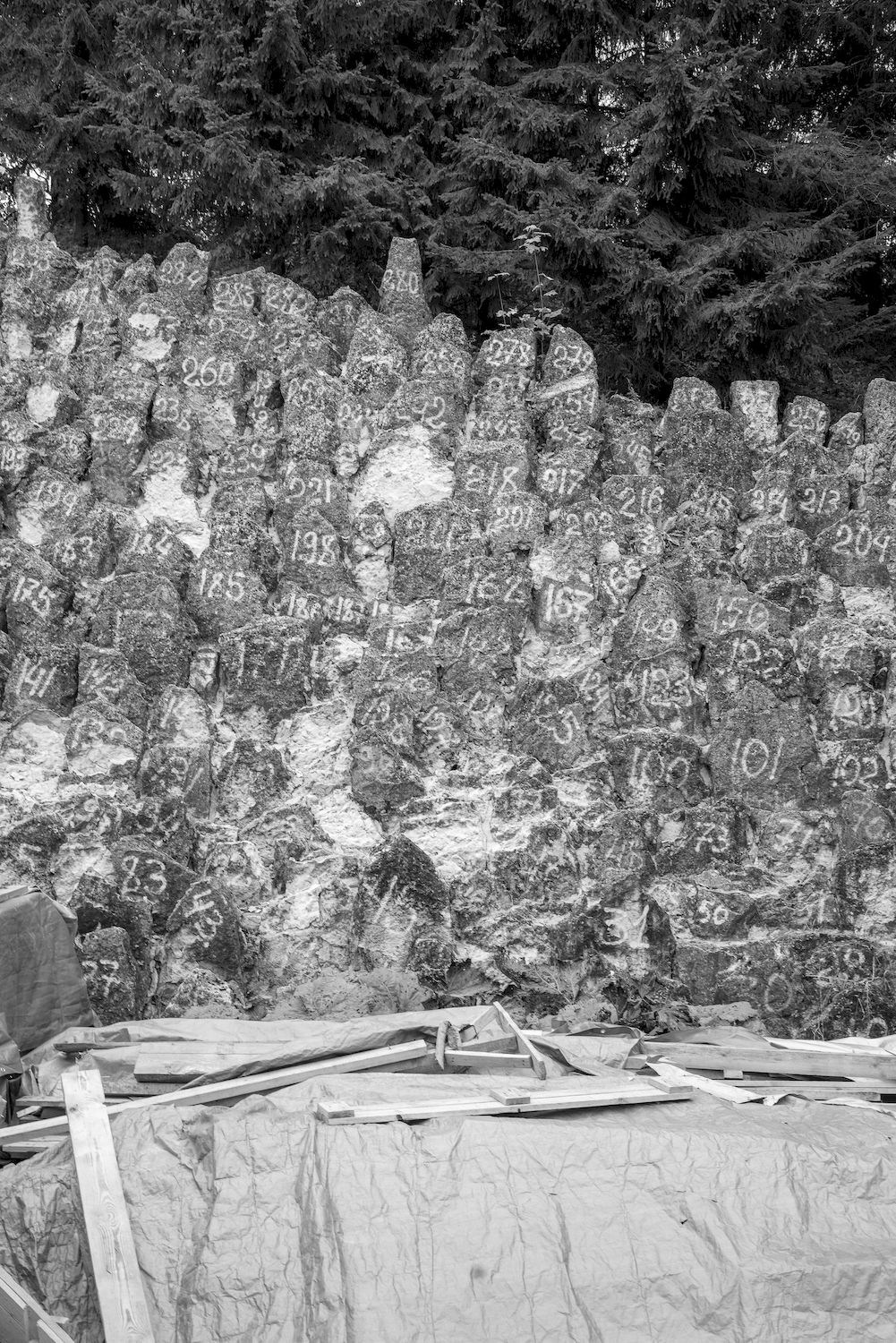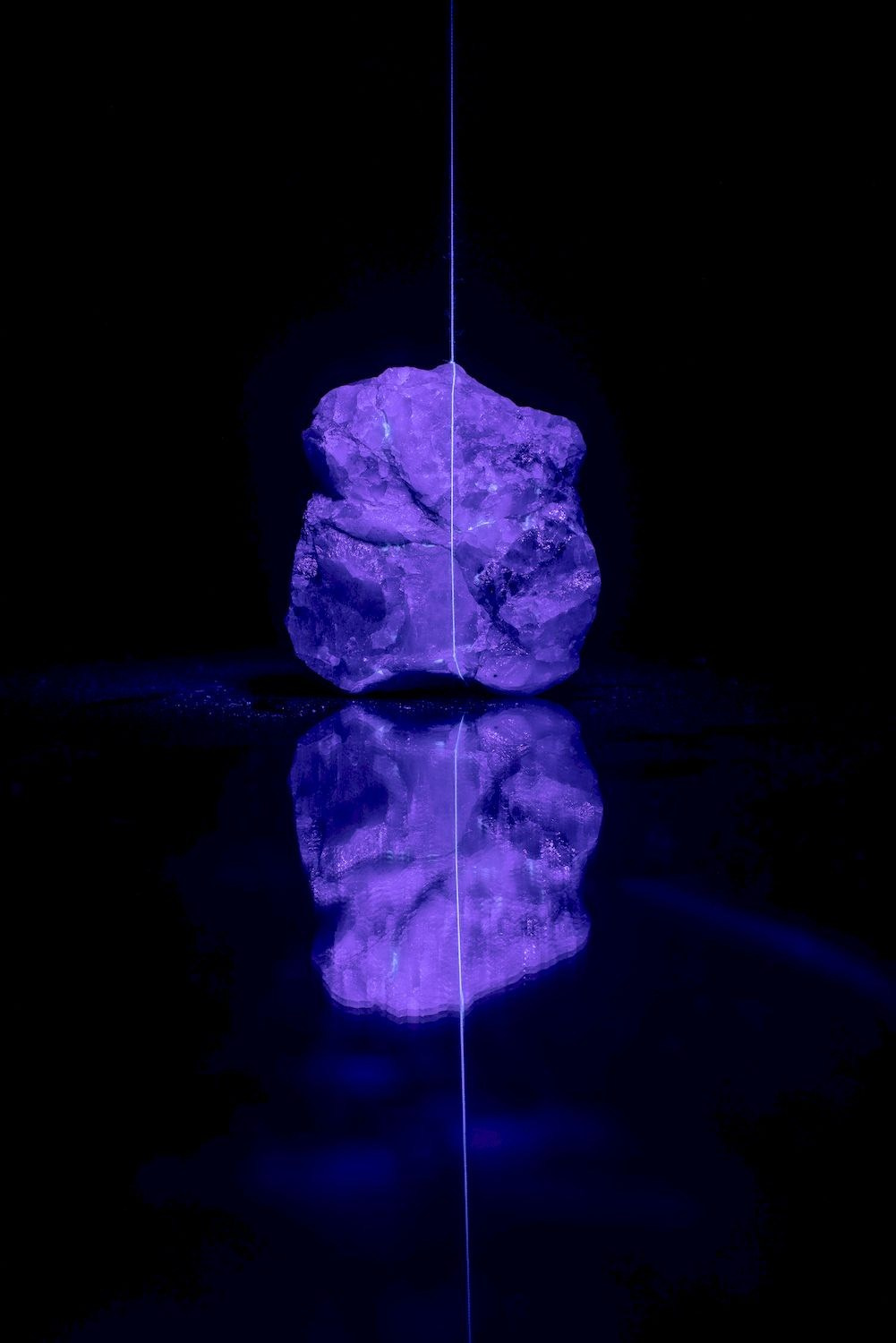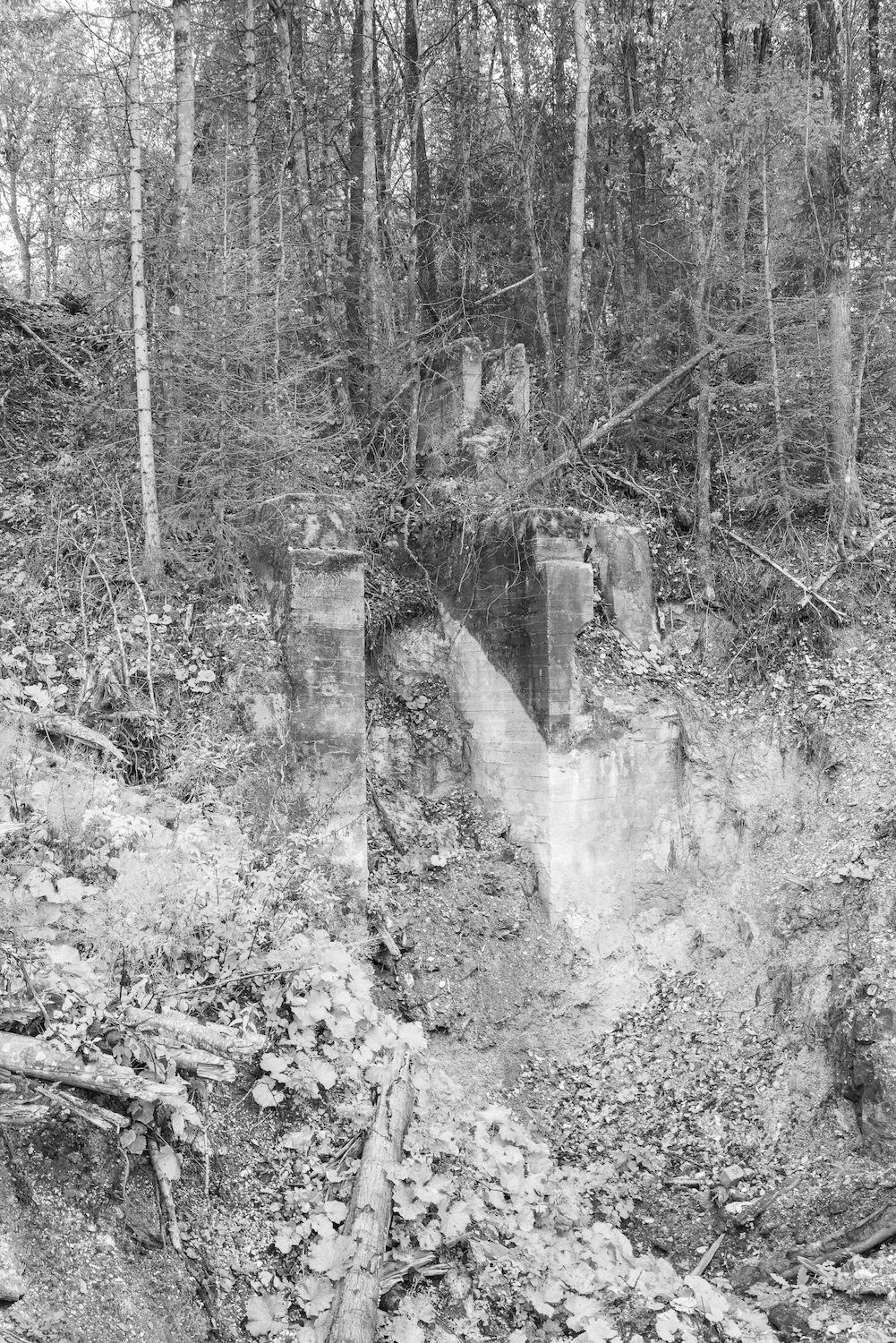Littorea.
There comes a time when too naive images are suppressed, when hackneyed images are neglected. The image of the sink-house is the most hackneyed. It is too simple to be successfully complicated, too old to be refreshed. In a single word he puts everything he is capable of saying. But no matter what, it is the primary image, and it is immutable. It is the property of the unchanging store of antiquities of the human imagination. Gaston Bachelard. Poetics of space
During my regular walks along the shore of the Gulf of Finland, I thought about the sea and where man came from and how the city came to be. Studying historical and archaeological sources, I discovered that where people live now, there was once a seabed. Before it became the Baltic Sea, the sea was different. And that — the other sea — was already in our time named Litorin’s Sea, after a snail that had long lived in the coastal waters. I began to explore quarries and ledges, sculptures and ruins, caves and temples. They are composed of two basic elements, limestone and marble. Both are derived from organic compounds that were once shells of mollusks that lived and still live in these places. In the early 18th century, a young Russian ruler, fascinated by the utopian ideas of mentors from other countries, laid out a city here. He adopted technical innovations and aesthetic principles, but discarded the ethical and legal foundations of Western Christian societies of the time. Choosing a shortened path, Petrus created a city without roots, a city-simulacrum, a secondary utopia — a city that became the capital of the Russian state for 200 years. Wandering along the shore, without realizing it, I began a journey through time — between Egyptian pyramids, Greek statues, palaces and the idea of the state. Photographing the city and its founding place in detail, I create new simulacra, envisioning what else this land might have turned out to be. I envision this land and this city as an endless snail that becomes inscrutable to the observer’s gaze because of its size. I call this territory the snail of Litorrea, like a discoverer who has found something new, hitherto unseen.
www.pindyurin.com


